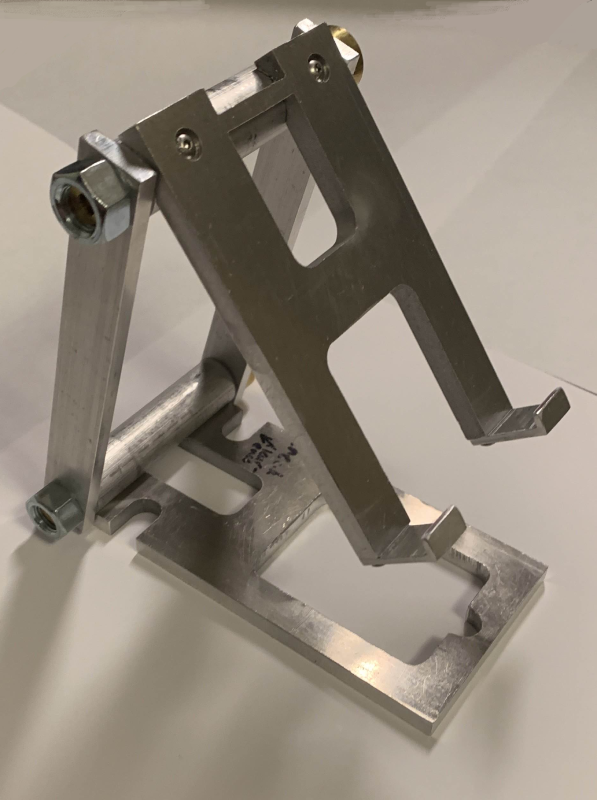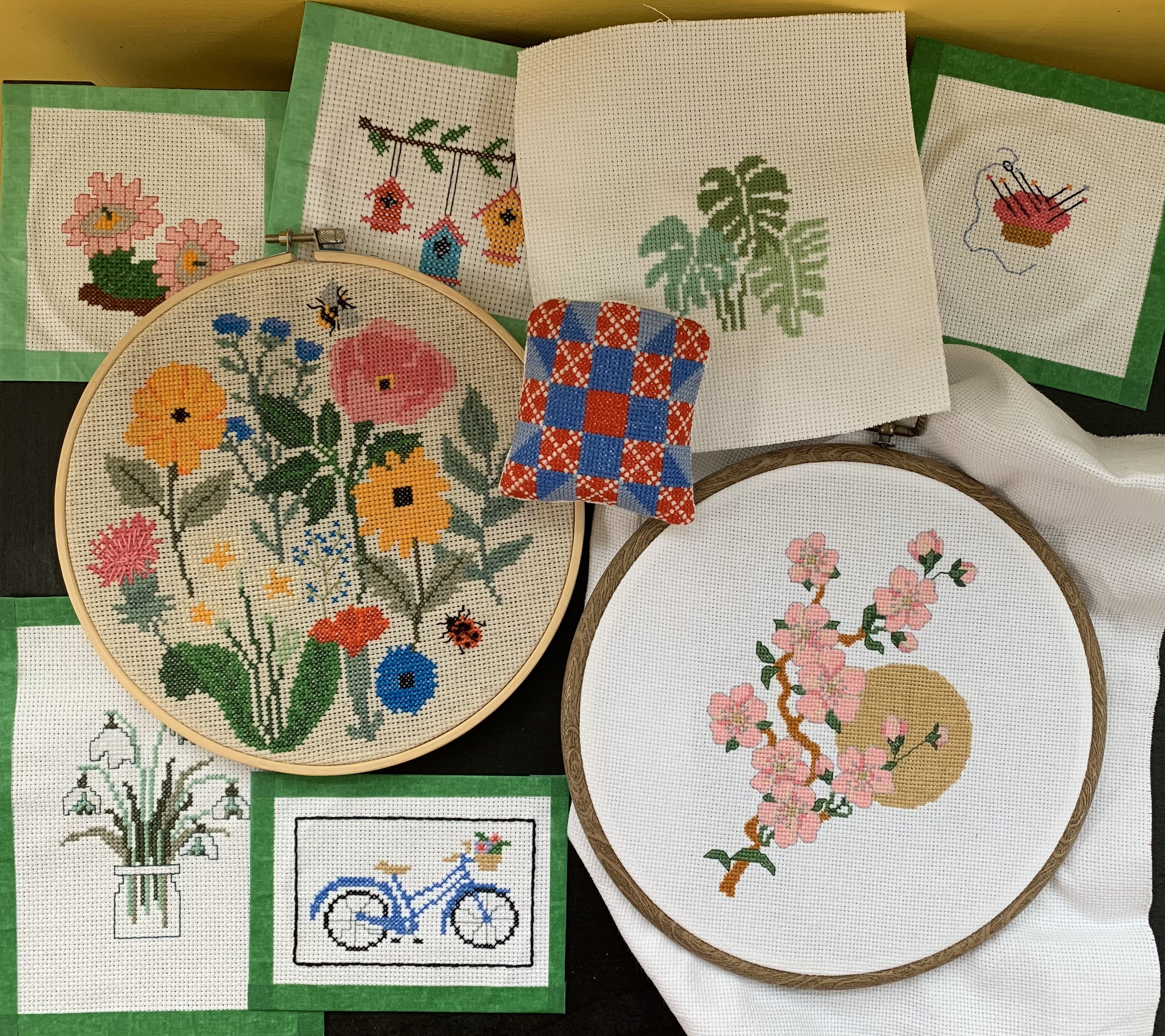Course overview
One of the standout courses in the engineering physics degree at UBC is ENPH 253. Technically called “Instrument Design”, this class is more commonly referred to as “Robot Summer”. Teams of four students work for six weeks to create a fully autonomous robot, which can navigate a course. Then, they compete to see whose ‘bot is the best.

The theme for this year’s competition was “Pet Rescue”. We needed to design a robot which could navigate a course, detect stuffed animals, pick them up, and bring them back to a safe area. The full competition rules can be found here.
[Read More]
